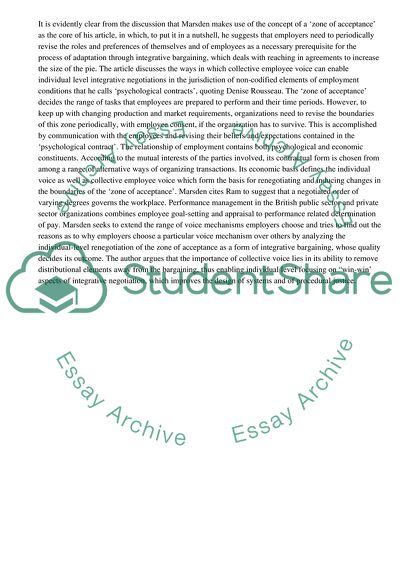Cite this document
(“Influence of Employee Voice on Pay Determination Coursework”, n.d.)
Retrieved from https://studentshare.org/management/1418160-employee-reward
Retrieved from https://studentshare.org/management/1418160-employee-reward
(Influence of Employee Voice on Pay Determination Coursework)
https://studentshare.org/management/1418160-employee-reward.
https://studentshare.org/management/1418160-employee-reward.
“Influence of Employee Voice on Pay Determination Coursework”, n.d. https://studentshare.org/management/1418160-employee-reward.


